Chinese Zhusuan Reveals Time-Honored Wisdom Through Abacus
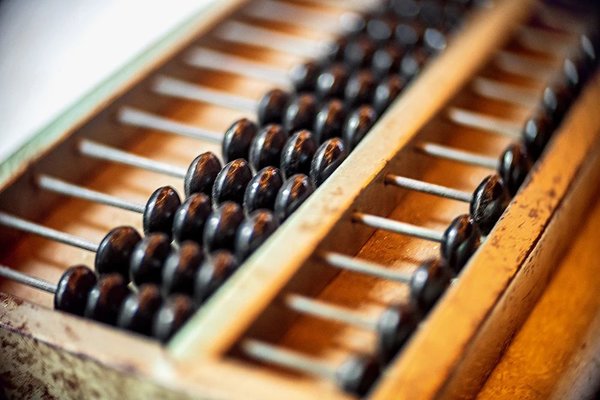
Chinese Zhusuan, the time-honored practice of performing mathematical calculations with an abacus, is widely considered one of the great inventions by China. By performing additions, subtractions, multiplications, divisions, exponential multiplications, roots, and more complicated equations, while moving beads along abacus rods, in keeping with defined formulas, Zhusuan displays the Chinese nation's creativity — and wisdom — accumulated over thousands of years. The unique knowledge and practice of Zhusuan continue to have irreplaceable cultural and educational value today.
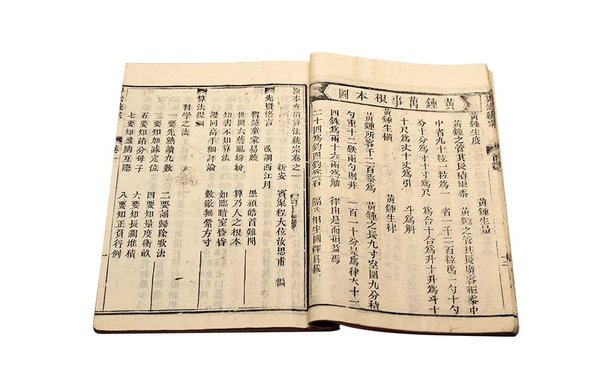
Treasure of Calculation
Chinese Zhusuan, the knowledge and practices of mathematical calculation through the abacus, was inscribed on the United Nations Educational, Scientific and Cultural Organization (UNESCO)'s Representative List of the Intangible Cultural Heritage of Humanity in 2013.
Chinese Zhusuan has played a vital role in giving impetus to mathematical studies, promoting algorithmic practices and fostering intelligence, according to the introduction to Zhusuan on UNESCO's website.
In Chinese, the word "zhusuan" literally means "beads (-based) calculation." The word initially appeared in an ancient book, dating back to the Eastern Han Dynasty (25-220), which recorded 14 calculation methods, including the practice of utilizing beads to calculate. The type of abacus commonly used by Chinese nowadays was developed between the Song (960-1279) and Yuan (1206-1368) dynasties. The device was developed based on continuous practice, improvement and summarization by people in ancient China.
Since the founding of the People's Republic of China, in 1949, abacus associations have been established nationwide. Certain standards have been developed to evaluate professional Zhusuan skills, and various Zhusuan competitions have been organized. In June 2008, Zhusuan was added to the list of China's national intangible cultural heritage.
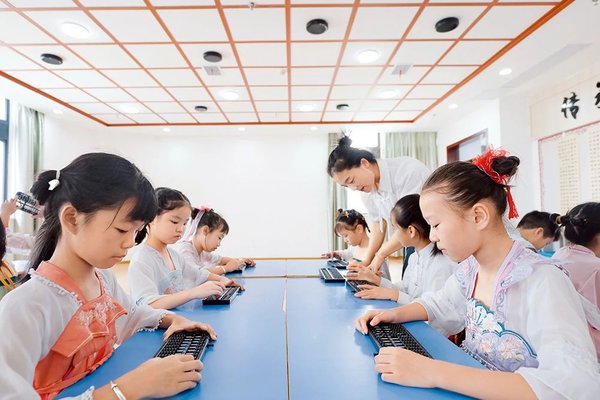
Wisdom, by Moving Beads
The abacus most commonly used these days is rectangular. It has a lateral beam and several vertical rods within a frame. Beads are placed above and below the beam, and they are connected by the rods.
The oral formulas of Zhusuan have easy-to-learn rhymes, which represent specific calculation rules, and which also summarize the arithmetic operations. Beginners can make quick calculations after some basic training. Proficient practitioners can develop an agile mind by utilizing this traditional form of calculation.
Zhusuan, which has been handed down for generations, has become an important symbol of traditional Chinese culture, and it has helped foster a strong sense of China's cultural identity.
It is believed abacus-based mental arithmetic helps improve a child's attention span, memory and mental capability. Zhusuan still contributes to the advancement of calculating techniques, cognitive schemas, educational psychology, and intellectual development. It also has far-reaching influence in various fields, including folk customs, language, literature, sculpting and architecture.
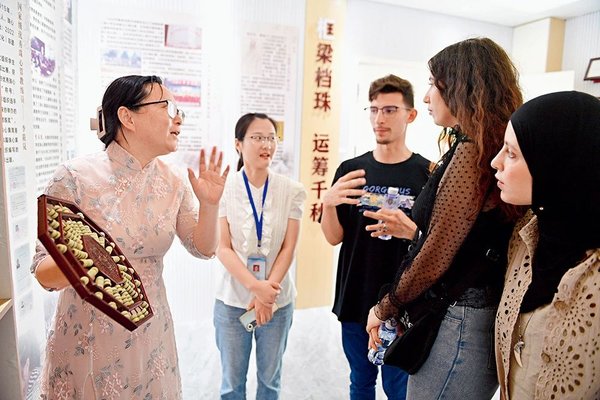
Promoting Zhusuan's Values
Given the rapid development of computing, and other scientific innovations, the traditional Chinese abacus has been replaced by much more convenient, and efficient, electronic devices for calculations. But the value, both scientifically and culturally, of Zhusuan must not be overlooked.
To conserve and promote the value of traditional calculation techniques, more than 20 museums or exhibition venues, highlighting Zhusuan, have been established across the country. China Abacus Museum, based in Nantong, a city in east China's Jiangsu Province, is the largest Zhusuan-themed museum in the world. The best-known exhibit of this museum is the large — nearly eight-meter long — abacus made from rosewood. There are also several tiny, delicately made abacuses, which are decorated with ornaments, including rings, bracelets and hairpins.
Although the original function of Zhusuan was calculation, the traditional arithmetic technique was adopted, during the Ming Dynasty, as a measure to foster children's intelligence. A primary school, in Huangshan, a city in east China's Anhui Province, is named after Cheng Dawei (1533-1606), the famous Chinese merchant, during the Ming Dynasty, who compiled Zhusuan practicing approaches in his book. Dawei Primary School has an intangible-cultural-heritage workshop to teach students the Zhusuan approaches developed by Cheng.
Wang Suqiu, a teacher at Dawei Primary School, is a representative inheritor of the Zhusuan approaches developed by Cheng. "I must explore innovative teaching methods, which combine the Zhusuan approaches developed by Cheng with mathematics children are learning nowadays. By utilizing traditional calculation techniques, to help children better study mathematics, I hope more people will realize Zhusuan, as a time-honored scientific skill, is worth learning and promoting, both at home and abroad," Wang says.
Several other schools in China have introduced Zhusuan courses. Shilimiao Primary School, in Hefei, capital of Anhui Province, has a Zhusuan-themed exhibition hall, which attracts visitors including international students.
Photos from VCG
(Women of China English Monthly April 2025)
Editor: Wang Shasha
Please understand that womenofchina.cn,a non-profit, information-communication website, cannot reach every writer before using articles and images. For copyright issues, please contact us by emailing: website@womenofchina.cn. The articles published and opinions expressed on this website represent the opinions of writers and are not necessarily shared by womenofchina.cn.

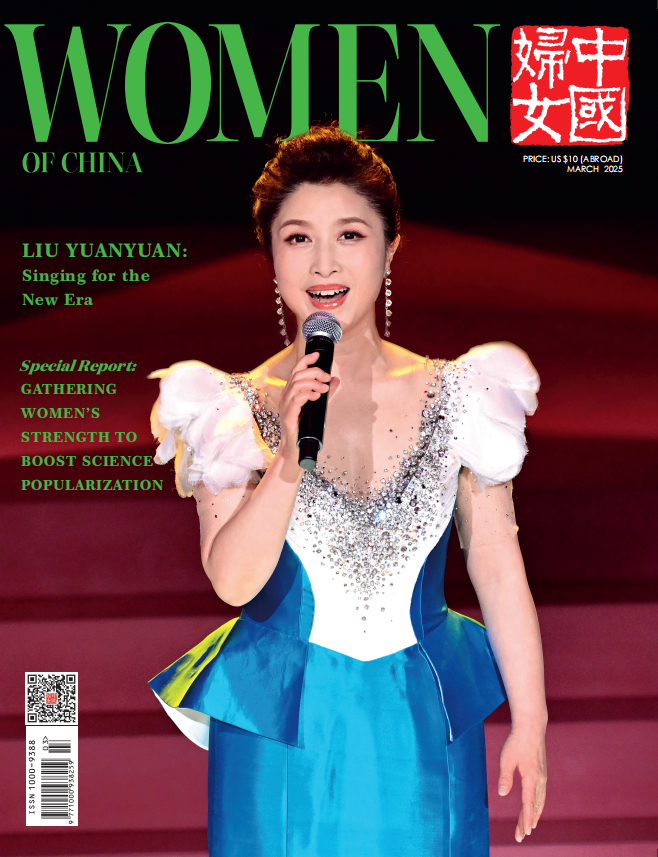
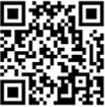

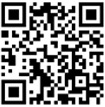

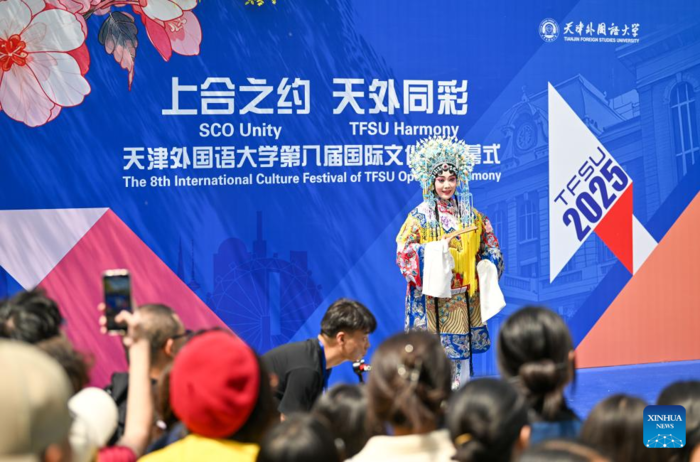
.jpg)

 WeChat
WeChat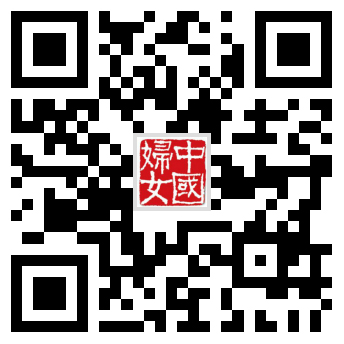 Weibo
Weibo 京公网安备 11010102004314号
京公网安备 11010102004314号